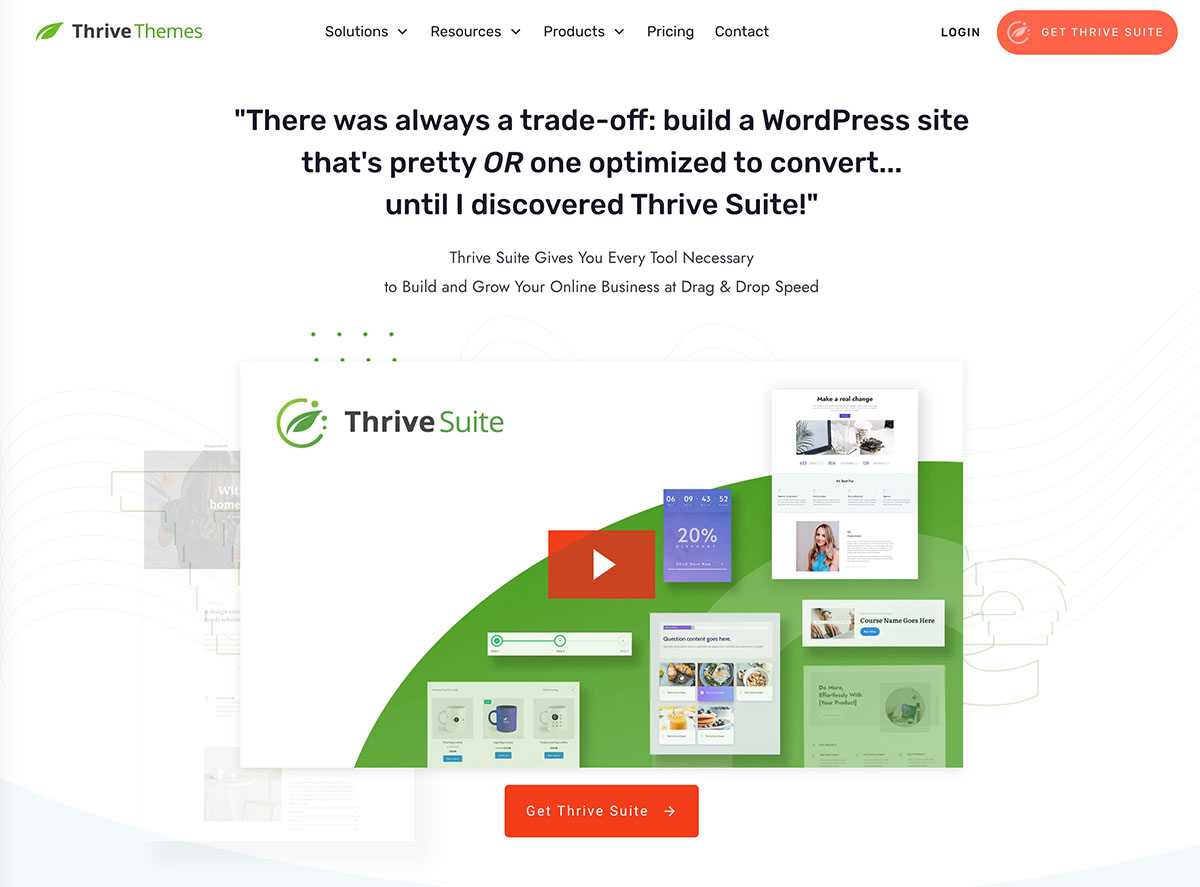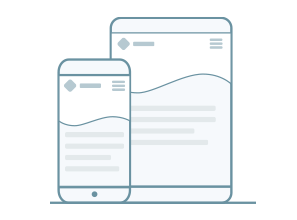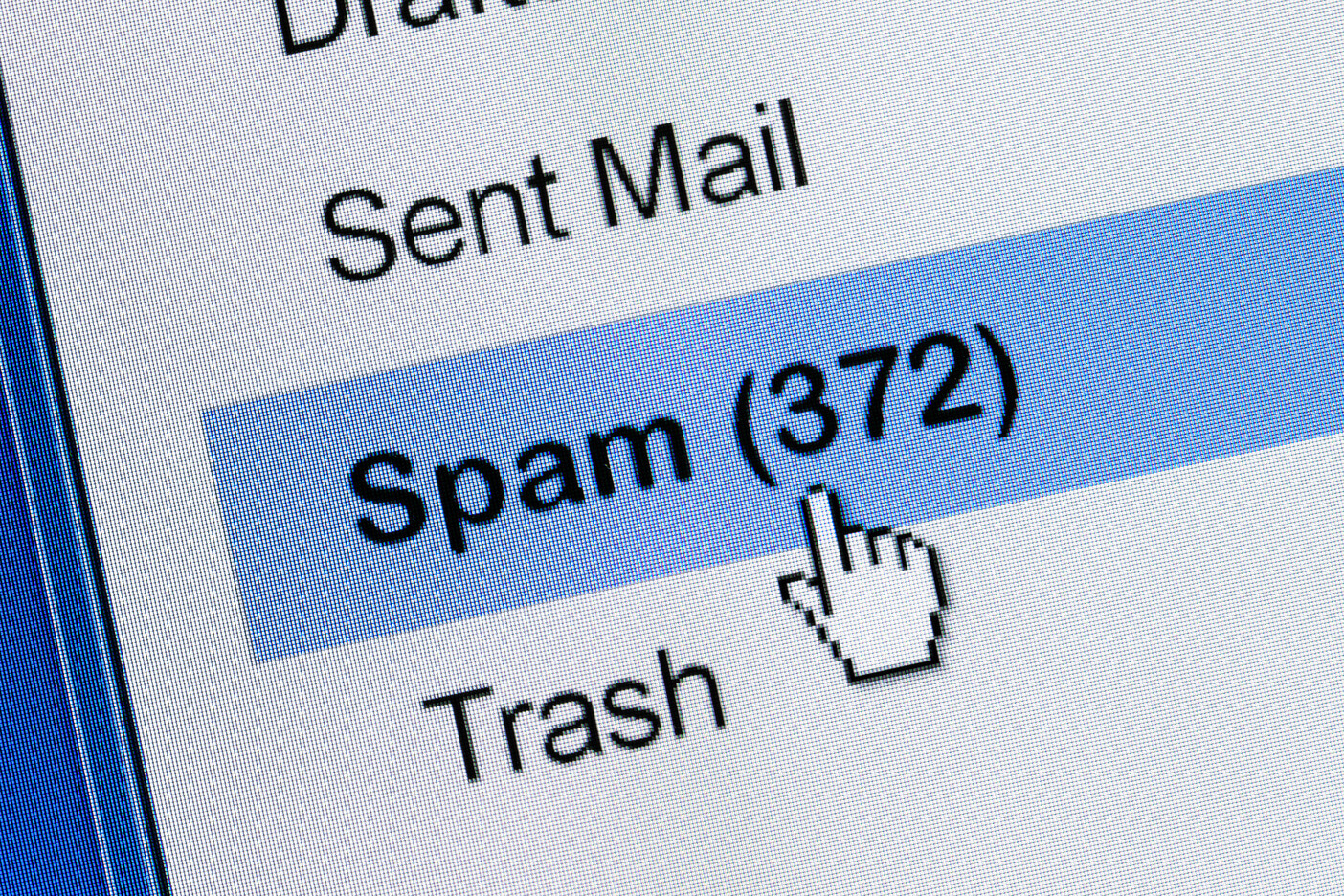Looking to increase your email open rates and wondering what makes some emails more clickable than others?
You're exactly where you need to be.
Email marketing isn’t just about sending out emails; it's about crafting them in a way that compels your audience to not only open but also engage with them.
The real challenge is cutting through the clutter of a crowded inbox to secure those opens and clicks.
Neglecting this can lead to low open rates, a drop in engagement, and potential customer loss. And we don't want that for your campaigns.
Read on to discover 14 key tips to boost your email open rates and significantly enhance your click-through rates (CTR).
Why Should You Prioritize Increasing Your Email Open Rates?
If people aren't opening your emails, they're not reading your messages, seeing your offers, or hearing about your updates
Which means you could be leaving a lot of money on the table.
High open rates also improve your overall email deliverability. Email service providers (ESPs) like MailChimp, ConvertKit, etc. keep an eye on how recipients interact with your emails.
So, higher open rates signal to ESPs that your emails are welcome, reducing the likelihood of ending up in the spam folder.
Email marketing, as a digital marketing strategy, offers a unique opportunity to connect with your target audience directly because, unlike social media & other platforms, you land right in their inbox.
But if you aren’t seeing the right results from your email marketing campaigns, it’s time to re-evaluate and optimize them.
This guide will help you achieve that.
How to Increase Your Email Open Rates & Drive Conversions
Use these tips to increase your average email open rate and get your recipients to interact with the content of your email to curb your bounce rates as well.
1. Use the Right Lead-Generation Tools
Your email marketing strategy is only as effective as the lead-generation tools you use.
If you aren’t bringing in the right leads, your emails won’t interest them – a low number of people will be compelled to open them — costing you sales.
First up, have a solid sign-up form on your website. Make sure it's easy to find and easy to use. No one wants to fill out a form that feels like a tax return.
Keep it simple, maybe just a name and an email address to start. Then, think about throwing in an attractive offer – like free e-books, webinars, or discount codes.
Also, keep your lead-generation funnels simple (even when using a double opt-in flow).
If your lead-gen tools aren’t working for you, then you should consider Thrive Suite – the best toolkit for small businesses.

This WordPress plugin bundle provides you with ten premium tools and hundreds of pre-designed templates to create high-converting funnels.
You can:
Immediately grab your audience’s attention with our SEO-friendly landing page templates – easy to build and customize in the Thrive drag-and-drop visual editor
Get your opt-in forms in front of the right eyes using our advanced targeting settings
Create fun, engaging quizzes to add a creative twist to your lead-generation efforts, reel in your target audience, and build a super-segmented mailing list
Get your website visitors to opt-in fast using our library of customizable countdown timer templates
… and so much more.
The best part about these tools? You don’t need to know HTML, CSS, or any other coding language.
Thrive Suite removes the technical hassles of building opt-in forms and funnels, so you can focus on creating and deploying them fast.
If you’re serious about generating conversions, Thrive Suite is your best bet.
2. Segment Your Email Lists
Simply put, segmentation involves dividing your email list into smaller, focused groups based on specific criteria.
This makes it much easier to send personalized emails your audience will actually enjoy.

Some easy ways to segment your audience include:
Segmenting your list based on how they interact with your emails (open rates, click-through rate, reopens, etc.)
Segmenting your list based on location or demographics (age, gender, occupation)
Using surveys or quizzes to collect information directly from your email subscribers
Creating separate segments for new subscribers
If you have an eCommerce store, then you can use purchase history to create segments for upsell or cross-sell emails.
3. Use Quizzes to Streamline Segmentation
Quizzes work as great lead magnets, but did you know you can use them to segment your email lists, too?
You can direct quiz takers to download a free offer, based on their results, that will solve a specific problem they’re dealing with.
Create a tag for each result, and assign it to your visitors’ names and email addresses once they have opted in for the offer.

In future, when you want to send out content based on one of your services, you can now send it according to the tagged segments in your email list.
This is super useful when it comes to launching new products like an online course, ebook, or even a membership program.
If you followed our first tip and bought Thrive Suite, you can activate Thrive Quiz Builder to start creating smart, engaging quizzes to segment your list.
4. Test Different Send Times
Consider sending your emails at a different time of day to identify the the optimal one for you.
You can achieve this by sending a campaign out on the same day weekly, but at different times, and then observing the average open rate to find your winner.
This strategy also works for finding the best day to send out your campaigns.
5. Split Test Your Email Subject Lines
Split testing (A/B testing) is essential for maximizing the impact of your email campaigns.
Subject lines are the first thing an email recipient sees and play a role in determining whether an email is opened or ignored.

To increase the chances of getting your emails opened, you should create two different subject lines for the same email and send each to a small random segment of your mailing list.
E.g. a personalized subject line vs a generic one
Doing this helps you identify the subject line that generates the most clicks and opens, increasing your chances of landing more conversions.
6. Include Clear Calls to Action
Your emails should have clear calls to action (CTAs) that stand out from the rest of the body text.
Use action-oriented language that creates a sense of urgency or benefit.
Phrases like “Shop Now,” “Get Your Free Trial,” or “Join Us Today” are direct and encourage immediate action.
You also need to make your CTAs stand out visually. Use buttons or contrasting colors and place them strategically in your emails to compel your readers to click and convert.
7. Experiment with Your Sender Name
Personalizing the sender name can make your emails feel less like generic corporate comms and more like a message from a familiar individual.
For example, using the name of a CEO or a team member, instead of the company name, can give your emails a more personable feel, potentially increasing the recipient's curiosity and likelihood to engage.
Example of a personalized sender name from one of our campaigns
However, if your brand is well recognized, leveraging the brand name can capitalize on the built trust and recognition you've already established with your audience.
You can strike a balance by making your sender name “[Name] from [Business Name]”.
8. Spruce Up Your Emails with GIFs and Emojis
GIFs and emojis are a fun way to add a little spice to your text-laden emails.
They might not affect your open rates, but these elements make your emails more interesting, encouraging your subscribers to keep reading and eventually, click a link.

A well-placed smiley face or GIF can go a long way in making your message feel friendlier. But, moderation is key.
Aim for professional yet approachable, not overly casual.
9. Create Relevant, Compelling Email Copy
Your emails should feel like they were written just for your readers, addressing their needs, interests, or problems.
To create good email copy, you should focus on addressing readers directly. Consider using the %FIRSTNAME% tag (which may look different in your email service provider) to add a personal touch.

Addressing your new leads by their first name in your welcome emails, for example, could be a huge game-changer.
Use strong, active verbs to encourage your subscribers to take action – but keep your copy concise.
And don’t forget the subject line. It should grab attention and make your recipients want to open emails and actually read them.
Ask a question, tease a solution, or just stir up a little curiosity.
Before you hit send, take a step back and ask yourself: Would this catch my eye? Is it speaking directly to my audience? If the answer is yes, you’re on the right track.
10. Make Your Emails Mobile-Friendly
It’s quite likely that your subscribers will open and read your emails from their mobile devices.
So, you need to ensure that all email campaigns are easy to scroll through, zoom into, and clickable elements from desktops, tablets, and mobile devices.

If mobile users can’t navigate your emails easily, they’ll leave your emails without taking action – costing you conversions.
Be sure to review a test version of your emails from multiple devices before sending them out.
You should also focus on maintaining plain text emails that are easy to read and avoid including complicated designs that detract from your overall message.
11. Play Around with Different Writing Styles
Don’t be afraid to mix up your writing style now and then.
If you usually stick to a formal tone, aim for something a bit more relaxed and conversational.
It could make your emails feel more like an interactive chat instead of a corporate memo.
On the flip side, if your style is usually pretty casual, a more professional tone every once in a while can add a new level of seriousness to important messages.
Think of it as speaking to your audience in different settings.
The key is to keep an eye on how people respond. Look at your open and click-through rates to get a feel for what resonates best with your audience.
12. Contact Your Email List Regularly
If you only reach out to your list now and then, there's a good chance they'll forget who you are. And you don’t want your emails to become those unfamiliar messages that end up in the trash or spam folder.
A weekly or bi-weekly email newsletter is a great way to share updates and useful tips without flooding your subscribers’ inboxes.
You can also use re-engagement email campaigns to nurture new leads in your contact list, educate them on your business, and bring them close to converting.
13. Clean Your Email Lists Regularly
Over time, your mailing list will become cluttered with inactive or unengaged subscribers, invalid email addresses, and spam traps.
These non-responsive elements can significantly skew your campaign metrics, leading to misleading open and click-through rates, and can even harm your sender reputation.
An easy, time-saving solution is to configure automation in your email service provider to remove inactive subscribers after a certain period (e.g. 90 days).
14. Avoid the Spam Filter
Sometimes, managing an email marketing strategy can feel like navigating a minefield.
One “bad” email and a large number of emails you send could end up in the junk folder.
The first thing you want to pay attention to is your choice of words. Overusing words like 'free', 'guarantee', or 'no risk' can lead to your emails being flagged as spam.
Next up, your formatting. Emails that are screaming in ALL CAPS, loaded with flashy colors and a ton of exclamation points!!! – are likely to get the spam treatment.

Also, mind your sending reputation. If you’re sending from an IP address that’s been flagged for spammy behavior in the past, you’re more likely to end up in spam now.
And as we mentioned earlier, keep your email list clean and unsubscribe inactive users.
Lastly, encourage your subscribers to add you to their address book. That way, your emails will end up in their Primary inbox, increasing the chances of getting them read.
Next Steps: Create Your Next Irresistible Opt-in Offer
Now that you’re equipped with the tips you need to boost conversions through your emails, let’s focus on another integral part of a successful email marketing strategy: lead generation.
Your goal is to continually attract new leads to your mailing list, as this directly impacts your sales growth
Here are 4 free tutorials to help you achieve this:
How to Increase Email Open Rates & Click Rates: Final Thoughts
All you need is a practical approach to optimizing your email campaigns and lead-generation funnels to ensure your emails get in front of the right people.
With our content optimization tips, you’ll be able to get those emails opened and read as well.
If you aren’t confident in your current lead-generation tools and need a change, take a look at Thrive Suite.
You get a 30-day money-back guarantee, allowing you to experiment with these tools risk-free — and see how they can transform your business.
But don’t just take our word for it.


